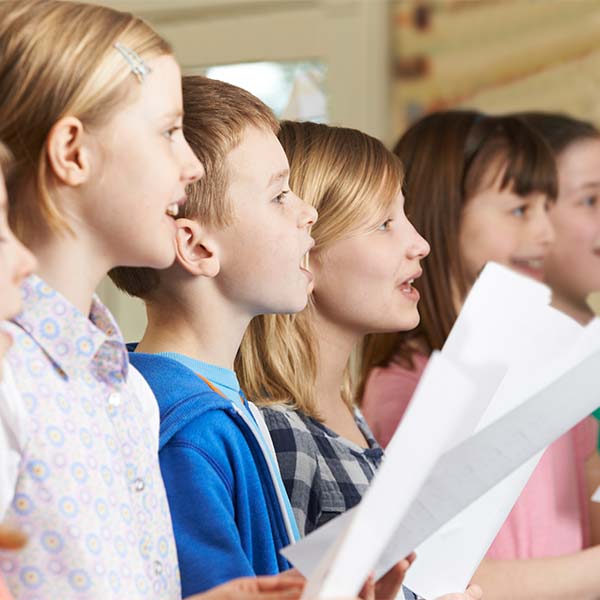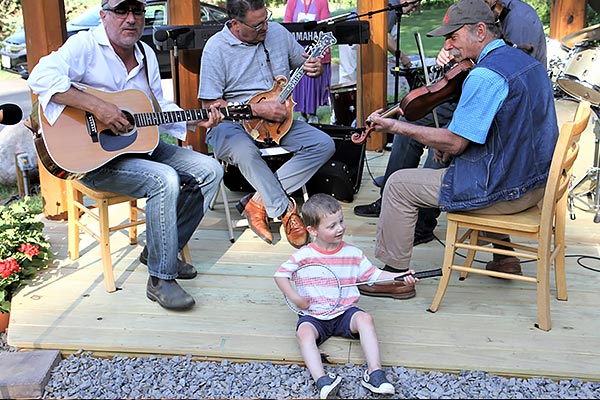Subtotal: $
Checkout-

How to Make Music Accessible
-

Chanting Psalms in the Dark
-

The Fiery Spirit of Song
-

The Harmony of the World
-

The Tapestry of Sound
-

Let Brotherly Love Remain
-

Take Up Your Cross Daily
-

The Bones of Memory
-

Poem: “Sunrise and Swag”
-

Poem: “Poland, 1985”
-

Church Bells of England
-

Editors’ Picks: Walk with Me
-

Editors’ Picks: Shakeshafte
-

Editors’ Picks: The Least of Us
-

Letters from Readers
-

Celtic Christianity on Iona
-

The Catherine Project
-

Mercedes Sosa
-

Covering the Cover: Why We Make Music
-

Music and Morals
-

The Death and Life of Christian Hardcore
-

Vallenato Comes Home
-

Does Political Music Change Anything?
-

Adventures in Americanaland
-

Music, Memory, and Alzheimer’s
-

Why We Make Music
-

Doing Bach Badly
-

Dolly Parton Is Magnificent
-

Go Tell It on the Mountain
-

Reading the Comments
-

In the Aztec Flower Paradise
-

The Strange Love of a Strange God
-

Is Congregational Singing Dead?
-

In Search of Eternity
-

Violas in Sing Sing
-

Hosting a Hootenanny
-

How to Lullaby

How to Raise Musical Children
John Feierabend is reviving the insights of the revered music educator Zoltán Kodály for a new generation.
By Eileen Maendel
October 22, 2022
Available languages: español
Next Article:
Explore Other Articles:
As a new music teacher at a private school in England, I received an enthusiastic welcome: a recital of karaoke recorder “music.” Some students tooted along to a souped-up backing track, while others were obviously faking it, each face registering pride and accomplishment. I tried not to let my own face show discouragement at such a loud and unimaginative blast of noise. How could they know that karaoke is the antithesis of art? Music is so much more than a mechanical process of playing notes in the correct sequence. But this was not a time to be daunted. With time and coaching, the piercing, prefabricated noise could be turned into tuneful, beautiful, artful music.
Some years earlier, in Australia, I started taking courses on the Kodály method. Zoltán Kodály revolutionized Hungarian schools into “schools of song” in the 1940s. To Kodály, the human voice is central to joyous music training, and the wholesome qualities of his theories, which draw on social and cultural experiences, appealed to me at once. As if sampling a country’s best food and literature, teachers use the richest folk songs and music to show their students creative, collaborative musical concepts, aural and written.

My first year of teaching in England was a learning curve for everyone. For the first few weeks, every class commenced with the same routine: one child or another would raise her hand and ask, “When are we going to play with the soundtrack again? That music was super cool.” But as time passed, we began to hear and see a difference. The children listened to each other, worked and moved together as a group. They had ideas for folk songs to play, bringing in crumpled pieces of paper with suggestions. We worked together to arrange the songs, and played them on recorders in canons, duets, and trios. I never heard another request for the soundtrack. The students owned the music, and they could hear that the sounds they were creating were beautiful. That year’s Christmas musical remains a glowing memory for me. Every rehearsal was like “playing Christmas” – truly enjoyable for both students and teachers.
The school year continued with an all-school focus on Italy, to culminate in a party for all the parents – a celebration of Italian food, song, music, and dances. There were so many Italian composers it was hard for the children to choose which ones we would honor for this festive occasion. We settled on Vivaldi and Rossini. The Largo movement of Vivaldi’s “Winter” came to life as we added dynamics and ornamentation. Can you hear a roomful of students practicing trills?
There is no complete spiritual life without music, for the human soul has regions which can be illuminated only by music. —Zoltán Kodály
Then came the thrill of Rossini’s William Tell overture. In art class, the children had made silhouettes of their faces in profile. Now, as we played, their parents took turns valiantly wielding bows and arrows and attempting to shoot the apple painted on top of each silhouette. Hilarity ensued. Some silhouettes did not survive. We mostly managed to keep playing through the laughter, and swept to a big finish.
In 2018, I took up a music teaching post in New York, where I had the chance to take a course in Conversational Solfege, a music curriculum for first through eighth grades written and taught by John Feierabend, a leading authority on music and movement development in childhood. Feierabend, who studied under Hungarian Kodály educators, has made Kodály’s philosophy accessible to American culture. He passionately believes that music belongs to everyone, though it needs reclaiming from its more recent status as a consumer product.
Luckily this trend is reversible. According to Feierabend, everybody should be able to sing lullabies to their children. Nurturing our babies and toddlers with quality music and finger games helps their physical, emotional, and social development. As the child grows up, age-appropriate activities of moving to classical music, echo songs, and circle games all guide a child to become tuneful, artful, “beat-ful.” Clapping games on the playground continue age-old rhymes and traditions. Activities like folk dancing and singing around the campfire reignite the wholesome intergenerational joy of bygone years, when grandparents jiggled babies on their knees, and young people met and fell in love. Why can’t it happen again?

Photograph by Mario Meier
It definitely can start at home, but there’s also no place like the classroom. My music class begins with pitch exploration games (flying in an airplane, imitating a slide whistle). These are vocal warmups. I follow up with some call-and-response songs like “Down by the Bay.” Often these simple tunes teach numeracy, rhyming, or geography. As the children become more confident, they sing in smaller groups until they work up the confidence to solo. We do circle games that have action and movement. Feierabend’s curriculum provides directions for dance-like actions to classical music, so rhythm and cadence become a full body experience: while listening to classical music, the children respond with their whole bodies, imagining fast and slow, light and heavy. We build up rhythm skills using body percussion, then add autoharp, tone bells, drums. As one student at a time keeps the beat, I sing a song at their tempo, or recite a poem or nursery rhyme. There’s also time for the children to create their own tunes.
I say goodbye to the children by singing them a story, a good classic ballad like “The Tailor and the Mouse,” or “Over in the Meadow.” Without fail, they say, “Sing it again!” To which I reply, “We’ll get to have fun again next week.” Better to leave them wanting more.
No class is the same, yet each year the goal is unchanging: that children might be moved by music that sings in their hearts. Many days, I come out of the classroom feeling completely inadequate. Miraculously, the next day the children’s inspiration carries the class along, as new songs are composed, new actions born. Music is alive!
Resources:
Feierabend music: Lesson plans for three years can be found in the back of the book First Steps in Music for Preschool and Beyond.
Kodály Method: Kodály’s concepts are based on teaching, learning and understanding music through the experience of singing, giving direct access to the world of music without the technical problems involved with the use of an instrument.
Eileen Maendel is a Bruderhof member and lives with her husband at Fox Hill.
Already a subscriber? Sign in
Try 3 months of unlimited access. Start your FREE TRIAL today. Cancel anytime.















































Lloyd Conway
How grateful I am that i was led to this stroy. I am a first-year long-term substitute music and art teacher in a small parish school. Neither singing, playing an instrument nor even reading music, I am an unlikely choice for this assignment, but they had no one else to turn to and just wanted a Christmas concert. In the course of my planning and research I discovered both KOdaly and Solfege, as the author did. This story shares more discoverise, as well as encouragement that what I'm doing can have meaningful impact beyond the four walls of our classroom.
john crever
Thank you for writing this thoughtful article. I'm John Crever, endorse teacher trainer for John Feierabend, and one of my many roles in the Feierabend organization is newsletter publication. John Feierabend asked me to review it and ask for permission to reshare this article in our own membership newsletter. Would this be possible? Also, a note from the article section "Recourses" at the bottom of the article. Under "Feierabend Music: This accessible free curriculum.....". To get the three years of lesson plans, one would need to procure a copy of the green "First Steps in Music for Preschool and Beyond". To clarify, the lesson plans for three years will not be found on the website, but rather in the back of the book.
Mary Jane Wilkie
I read this piece with great interest, as it replicates my experience 20 years ago teaching music at a school in California. Children were heavily dependent on recorded music and one of my challenges was to get the children (especially the older ones) to value their own voices. I wrote a book about it, hoping to assist parents in raising musical children.